Phantom power is a way to make sure your microphones get the power they need to work properly, all through the cable you’re already using.
Knowing how to use phantom power means you can get the best possible sound out of your mics, which is what it’s all about.
This is especially true when it comes to the fancy ones that need a bit of extra juice to capture every detail of your music.
So, if you’re a music producer (or artist) looking to step up your recording game, learning about phantom power is key.
In today’s article, we’ll break down:
- How does phantom power work ✓
- Why some mics need phantom power ✓
- Condenser mics vs. dynamic mics ✓
- Ribbon mics and their needs ✓
- Tube mics: explained ✓
- Avoiding damage from phantom power ✓
- Dealing with voltage spikes ✓
- Using XLR cables correctly ✓
- Fixing power supply issues ✓
- Understanding signal flow ✓
- Getting your audio signal just right ✓
- Choosing a good audio interface ✓
- What is phantom power: pro tips ✓
You’ll get the whole picture on phantom power, so you can set up your mixing desk, avoid common mistakes, and record music like a pro.
No more confusion or worrying about messing up your audio equipment.
You’ll be ready to handle your studio setup with confidence and make recordings that sound great.
So, let’s dive in so you never have to ask yourself, “what is phantom power?” again.
Table of Contents
What is Phantom Power?
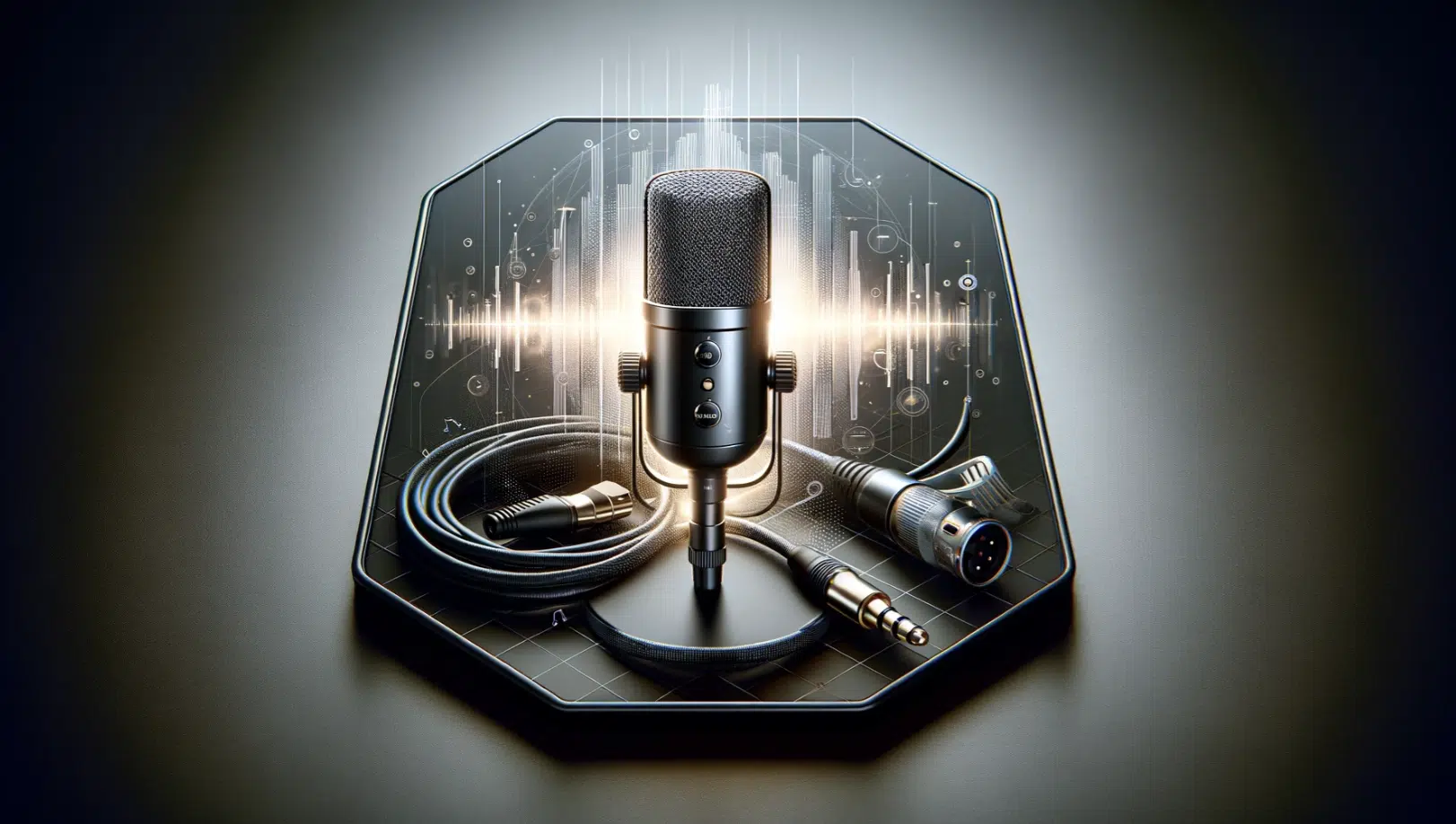
Phantom power is a term that sounds almost mystical, but in the music production world, it’s grounded in very innovative technology.
It refers to a method of providing power to microphones that require it, directly through an XLR cable, without needing a separate power supply.
This 48 volts of DC power is essential for certain types of microphones, notably condenser microphones, to function.
These microphones, loved for their sensitivity and accuracy, need this power to operate their internal preamplifier and to charge the electrostatic plate that captures sound.
For example, when you plug a condenser microphone into an audio interface that provides phantom power, the mic can use this power to boost its sensitivity and capture sounds that other mics might miss.
This is essential for thing like:
- Recording clear vocals in a studio
- Picking up the soft nuances of an acoustic instrument
- Enhancing overall sound quality
Another example is when phantom powering is used with certain DI boxes or active ribbon microphones, which also requires phantom power to function correctly.
Understanding how phantom power work is key for any music producer.
It helps you know which type of phantom-powered microphone to use in different recording situations.
Plus, it ensures you’re getting the best possible sound, which is top priority.
The Need for Phantom Power
Understanding when and why phantom power is necessary bridges the gap between basic equipment setup and achieving professional-quality sound recordings. So, let’s dive in so you’ll never have to ask yourself, “how does phantom power work?” again.
-
Condenser Microphones and Phantom Power
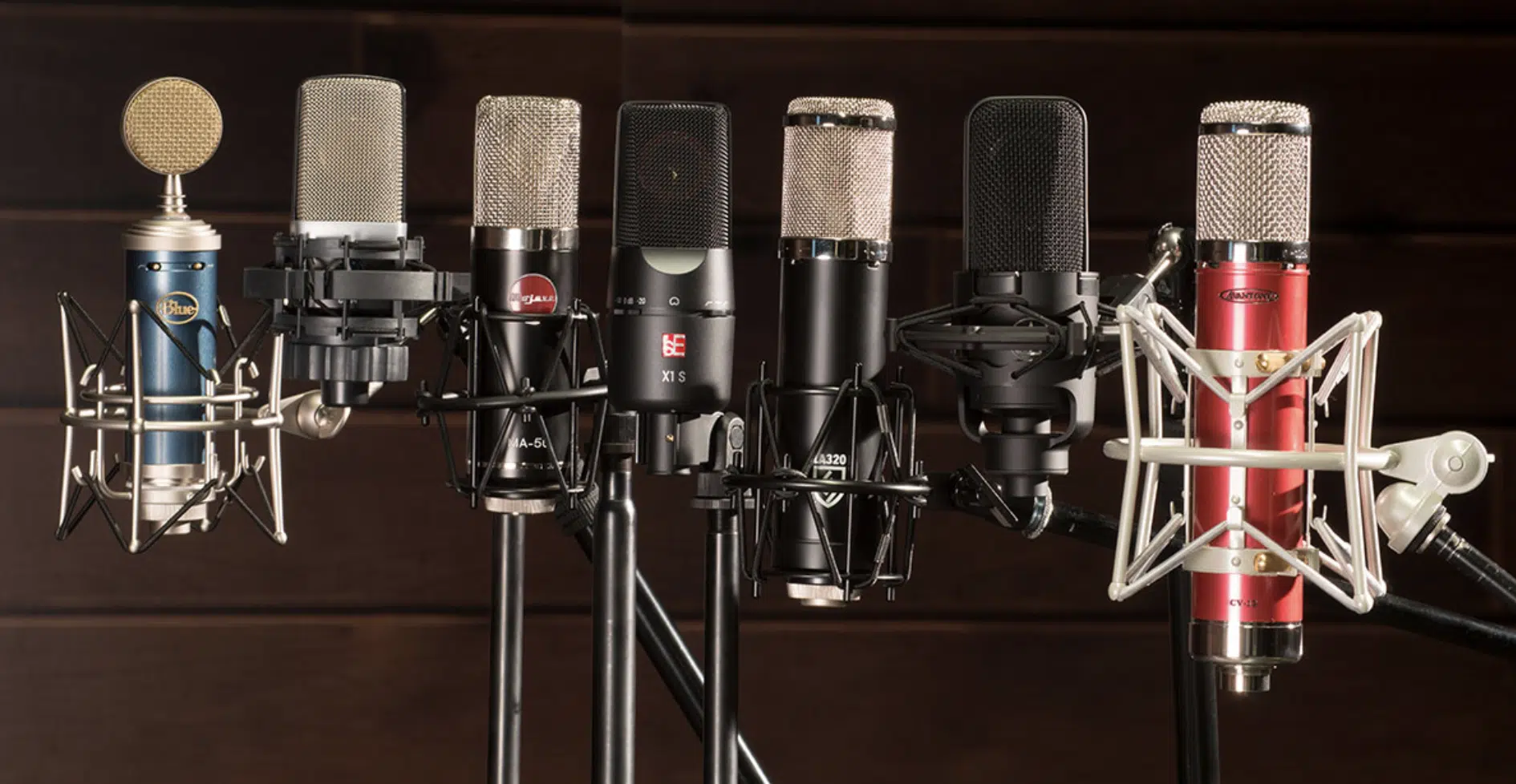
Condenser microphones are the main reason phantom power exists in the audio world in the first place, so hats off to them.
A condenser microphone is designed for studio use.
It captures vocals and instruments with a level of detail and clarity that dynamic microphones often can’t match.
The necessity for phantom power with condenser microphones comes down to their design 一 they need an electric charge to create the capacitor that captures sound.
For instance, the Audio Technica AT4040 relies on phantom power to provide the necessary voltage (lower voltage/higher voltage/DC voltage) for its internal components.
It allows it to capture a wide dynamic range with precision.
-
Dynamic Microphones vs. Condenser Microphones
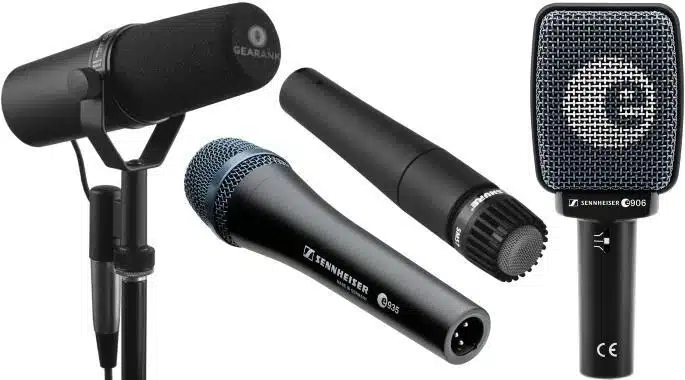
Dynamic microphones, in contrast, operate without the need for any external power supplies.
They use a moving coil design, which generates an audio signal as sound waves move a diaphragm.
This means a dynamic microphone is generally more rugged and less sensitive than their condenser counterparts 一 making them ideal for live performance settings.
However, for studio recordings where detail is paramount, condenser microphones and their requirement for phantom power are often the preferred choice.
The difference in requirement highlights the importance of understanding each microphone’s operational needs for optimal recording outcomes.
-
Ribbon Microphones
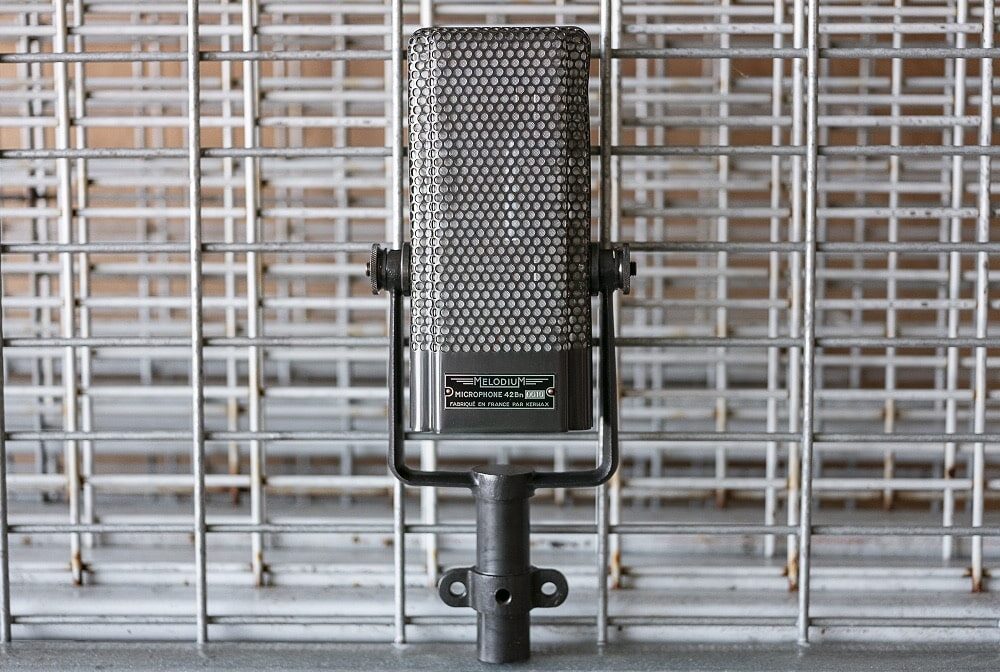
Ribbon microphones represent a unique category in the microphone world.
Traditionally, ribbon microphones do not require phantom power and can actually be damaged by it due to their delicate ribbon elements.
However, modern musical advancements have led to the development of active ribbon microphones that do require phantom power.
These microphones combine the warm, natural sound characteristics of traditional ribbon mics with additional electronics.
This helps boost their output and match it more closely with other types of popular microphones.
For example, the Rode NTR active ribbon microphone benefits from phantom power to enhance its performance without compromising the ribbon’s integrity.
-
Tube Microphones
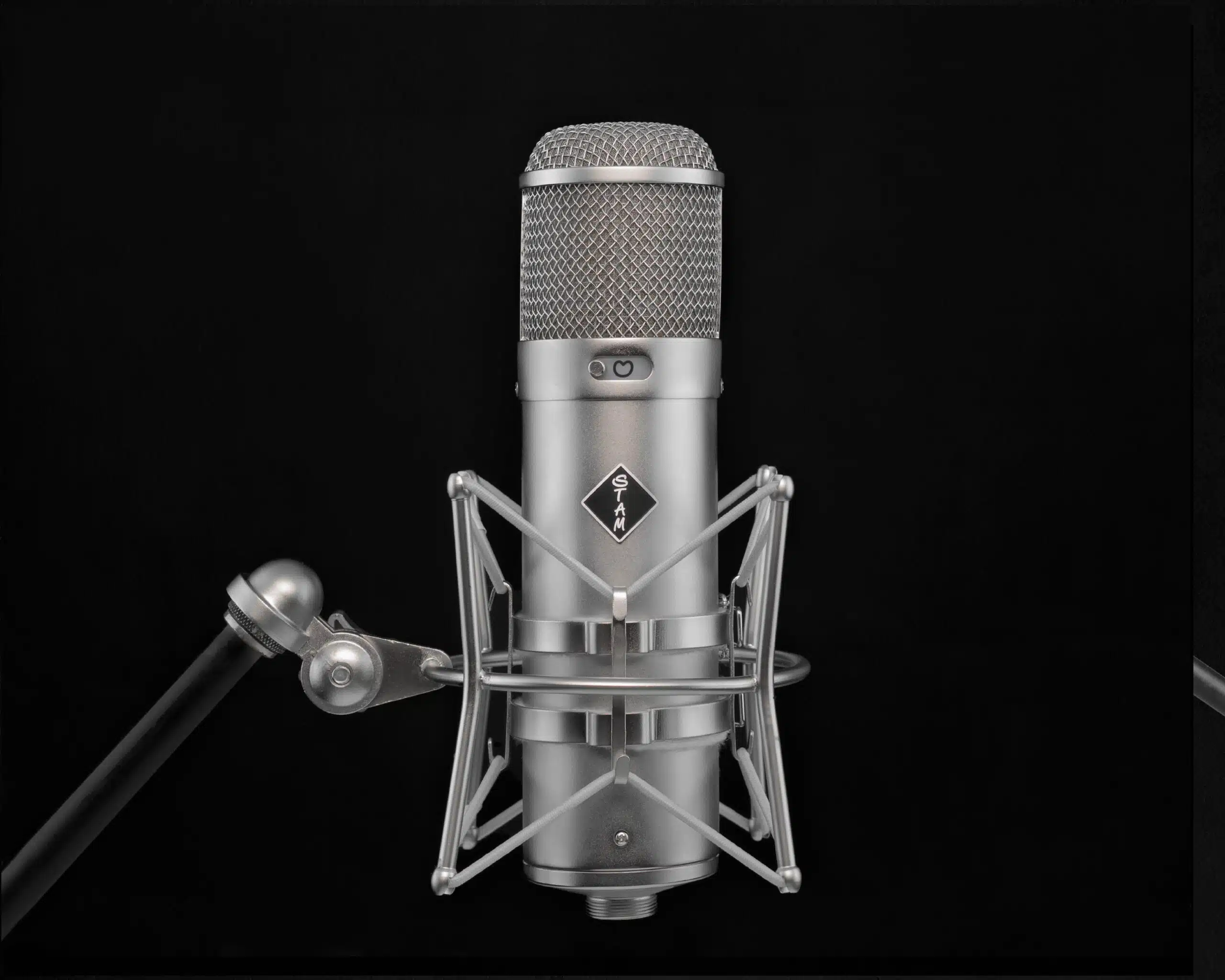
Tube microphones, revered for their warm, rich sound, rely on an external power supply to heat the vacuum tube inside.
NOTE: While not technically utilizing phantom power in the traditional sense, the concept of providing power to enhance the microphone’s capabilities remains similar.
Tube microphones use their power supply to achieve a level of warmth and depth that solid-state microphones often struggle to replicate.
The AKG C12, for example, is a classic tube microphone that uses its external power supplies to create a sound that has been sought after by audio engineers, sound designers, and producers for decades.
-
Pro Tip: Can Phantom Power Damage Your Equipment?

The question of whether phantom power can damage audio equipment is one that concerns many producers, as it should.
The short answer is that while phantom power is generally safe for most microphones designed to use it, improper use or faulty equipment can lead to issues.
For instance, connecting a microphone that does not require phantom power (such as certain dynamic or ribbon mics) to a power source of phantom power without proper precautions can result in damage.
It’s super important to understand the specifications of your equipment and to ensure that phantom power is only applied when necessary.
-
Voltage Spikes and How to Protect Your Gear

Voltage spikes, sudden increases in voltage that can damage electronic equipment, are a potential risk when using phantom power.
These spikes can occur due to faulty wiring, poor equipment quality, or external interference.
To protect your gear, I would highly advise that you:
- Use high-quality cables and an XLR connector to ensure your audio interface or mixer has reliable phantom power circuits.
- Consider surge protectors.
Regular maintenance and careful mic setup can also minimize the risk of actual voltage spikes damaging your valuable audio equipment.
Using Phantom Power Effectively: What is Phantom Power All About?
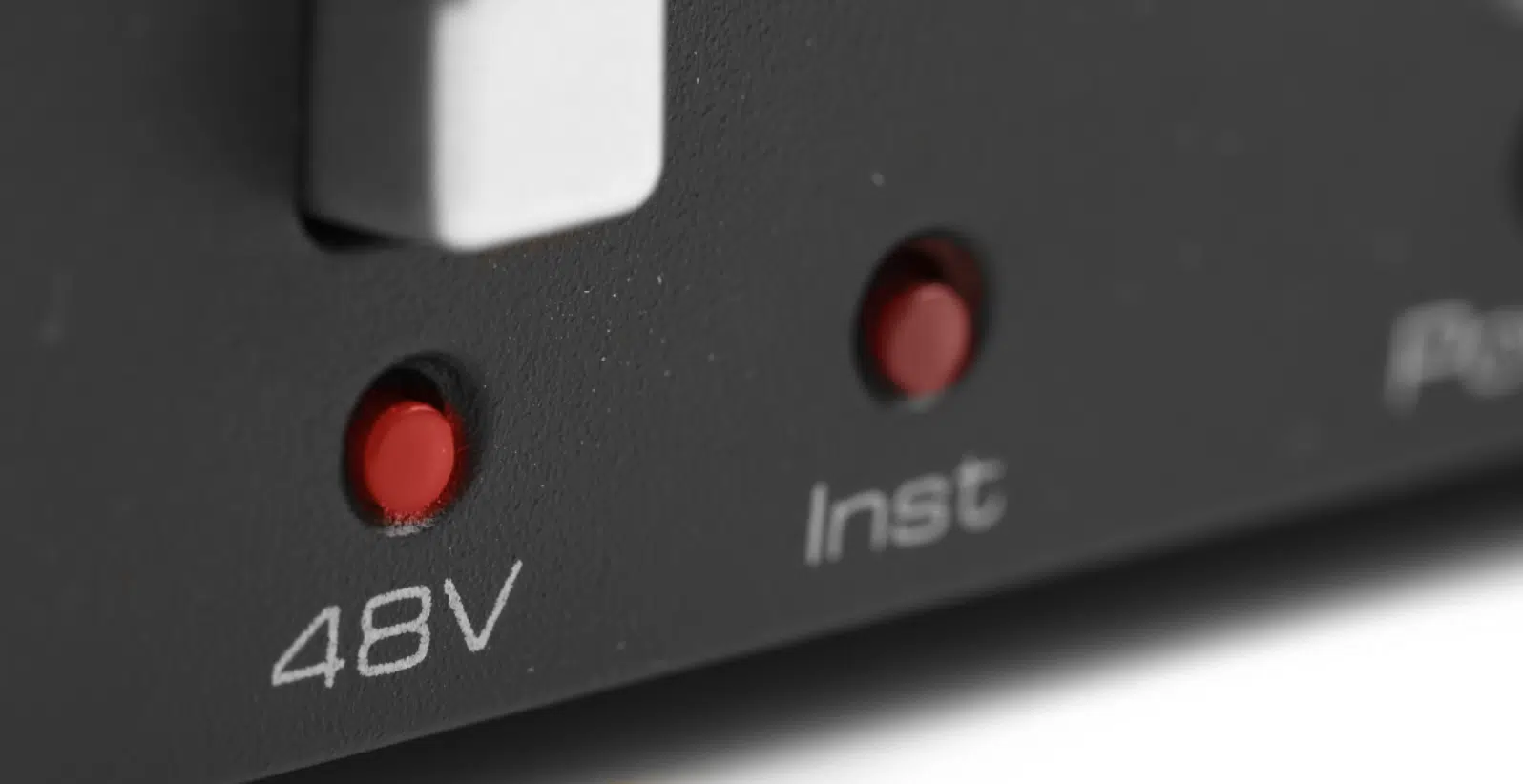
To use phantom power effectively and further help you understand what is phantom power and what will need phantom power, always double-check one key thing…
That your microphone requires it.
And make sure to do so before enabling phantom power on your mixer or audio interface 一 you don’t want phantom power turned on if it isn’t necessary
#1. Start with the phantom power switched off when connecting or disconnecting microphones to prevent pops or spikes in the audio signal.
#2. Additionally, using high-quality XLR cables is key, as they are designed to carry the phantom power supply safely and ensure a clean audio signal.
For example, consider investing in audio cables with good shielding and reliable connectors/any power source to minimize noise and interference.
#3. It’s also wise to gradually increase the level of phantom power if your audio equipment allows it, rather than applying the full 48 volts (direct current) instantly.
This can help protect sensitive microphones, like true condenser microphones, from potential damage due to sudden power surges.
-
Connecting Microphones with XLR Cables
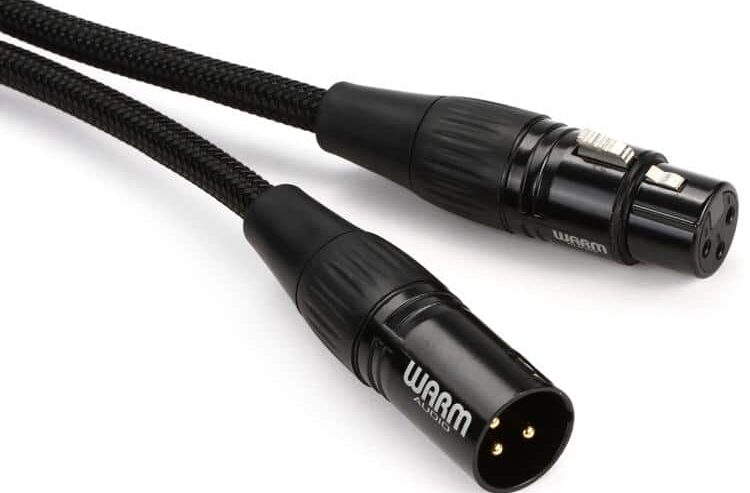
The use of XLR cables is standard practice when connecting microphones that require phantom power.
These XLR cables are designed with three pins:
- Two 一 For the audio signal.
- One 一 For the ground wire.
It ensures a balanced audio signal and reducing noise.
The XLR connectors facilitate a secure connection and ensure that the phantom power is delivered safely to your mic.
For instance, when connecting a condenser mic to an audio interface, you’ll want to make sure you’re using a high-quality XLR cable.
This ensures that the audio signal is transmitted cleanly while the phantom power is supplied efficiently.
Plus, it enhances your microphone’s performance without risking damage to the internal circuitry, electrical signal, and other built-in electronics.
What is Phantom Power (Pro Tip): When you need phantom power turned on for powering microphones, especially the new Solid State microphones, remember that it utilizes just a single cable.
This setup sends power and carries the audio via two signal lines within that cable, ensuring a clean and efficient setup.
-
Identifying and Solving Power Supply Problems
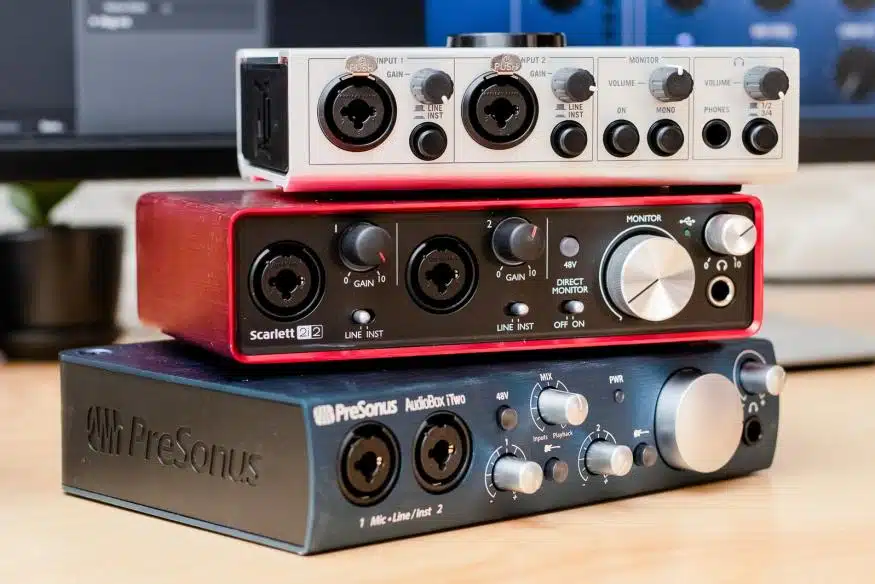
Occasionally, you might encounter issues with the phantom power supply, which can affect your audio signal quality, and that’s just not what you want.
These issues can include a hum, random noise, or even complete lack of power.
When that happens it’s a clear indicator that some power supply issues are at play.’
Troubleshooting these issues involves:
- Checking the power source
- Inspecting cables for damage
- Making sure the audio interface or mixer supplying the phantom power is functioning correctly
For example, a faulty power supply in an otherwise high-quality audio interface can lead to inconsistent phantom power delivery.
It negatively affects the performance of condenser microphones and potentially damages sensitive equipment.
-
Signal Flow and Phantom Power
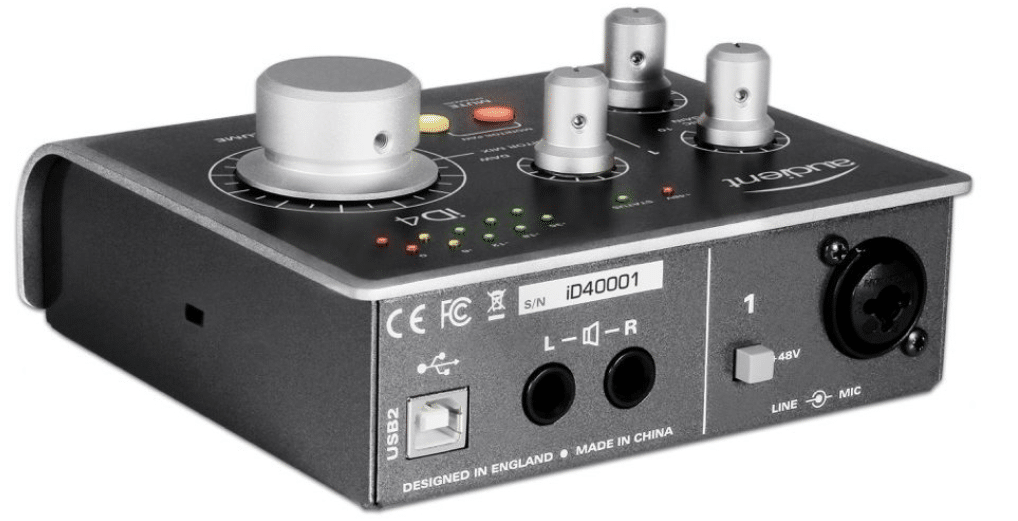
Understanding signal flow is essential when working with phantom power in your audio setup.
Signal flow refers to the path the audio signal takes from the microphone through the cables, preamplifier, and into the recording device or sound system.
Phantom power is introduced into this mic signal flow at the stage where the microphone connects to the preamplifier or audio interface.
Proper management of the signal flow (including the correct application of phantom power) ensures that the audio signal remains clean and free from interference.
In turn, you’ll have higher quality recordings.
For instance, ensuring that the phantom power is correctly applied to a condenser microphone before it reaches the preamplifier stage can significantly improve the microphone’s signal-to-noise ratio.
-
Optimizing Your Audio Signal Quality with Phantom Power
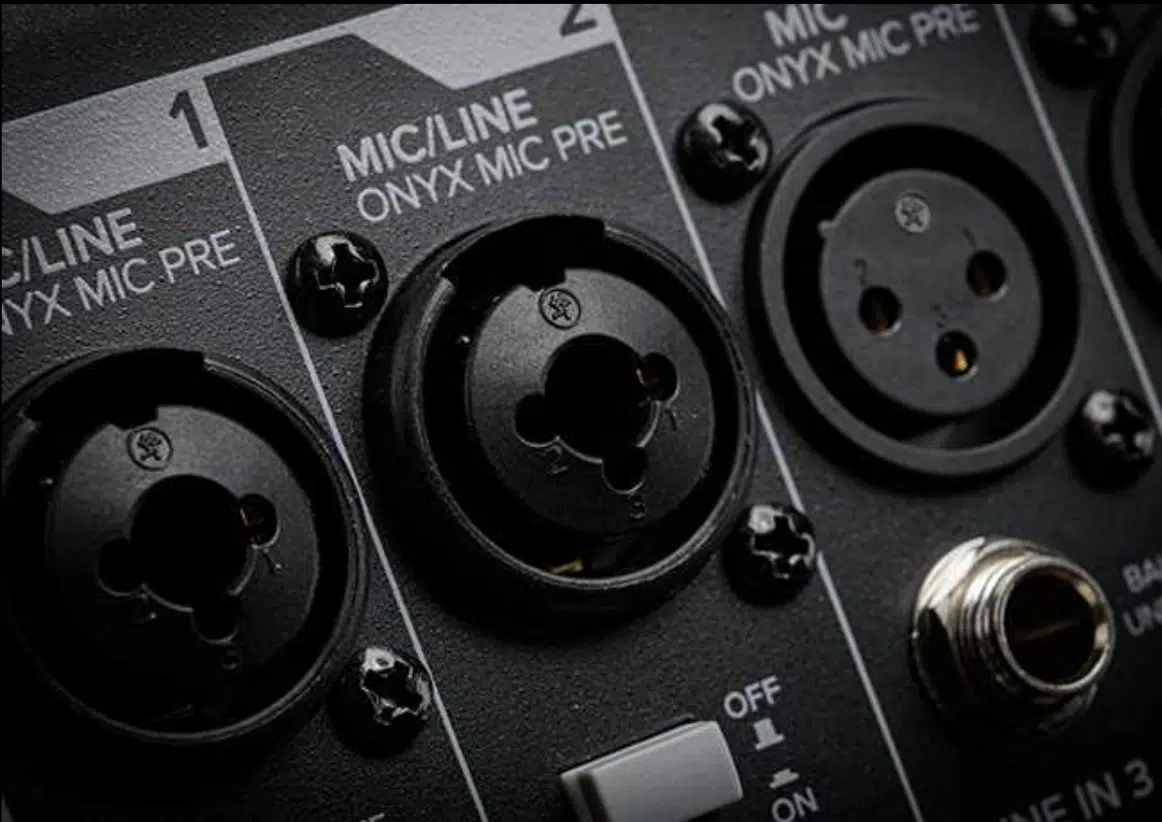
To optimize audio signal quality, it’s important to use phantom power appropriately with microphones that require it.
This involves not only supplying the necessary 48 volts but also ensuring that the entire signal chain is optimized for the best sound quality.
For example, pairing a high-quality condenser microphone with a reliable audio interface that provides stable phantom power can result in recordings with exceptional clarity and detail.
Additionally, maintaining a clean signal path by using high-quality cables and minimizing the length of the cable run can help preserve the integrity of the audio signal.
This makes sure that the power and signal are transmitted efficiently.
Incorporating External Power Sources
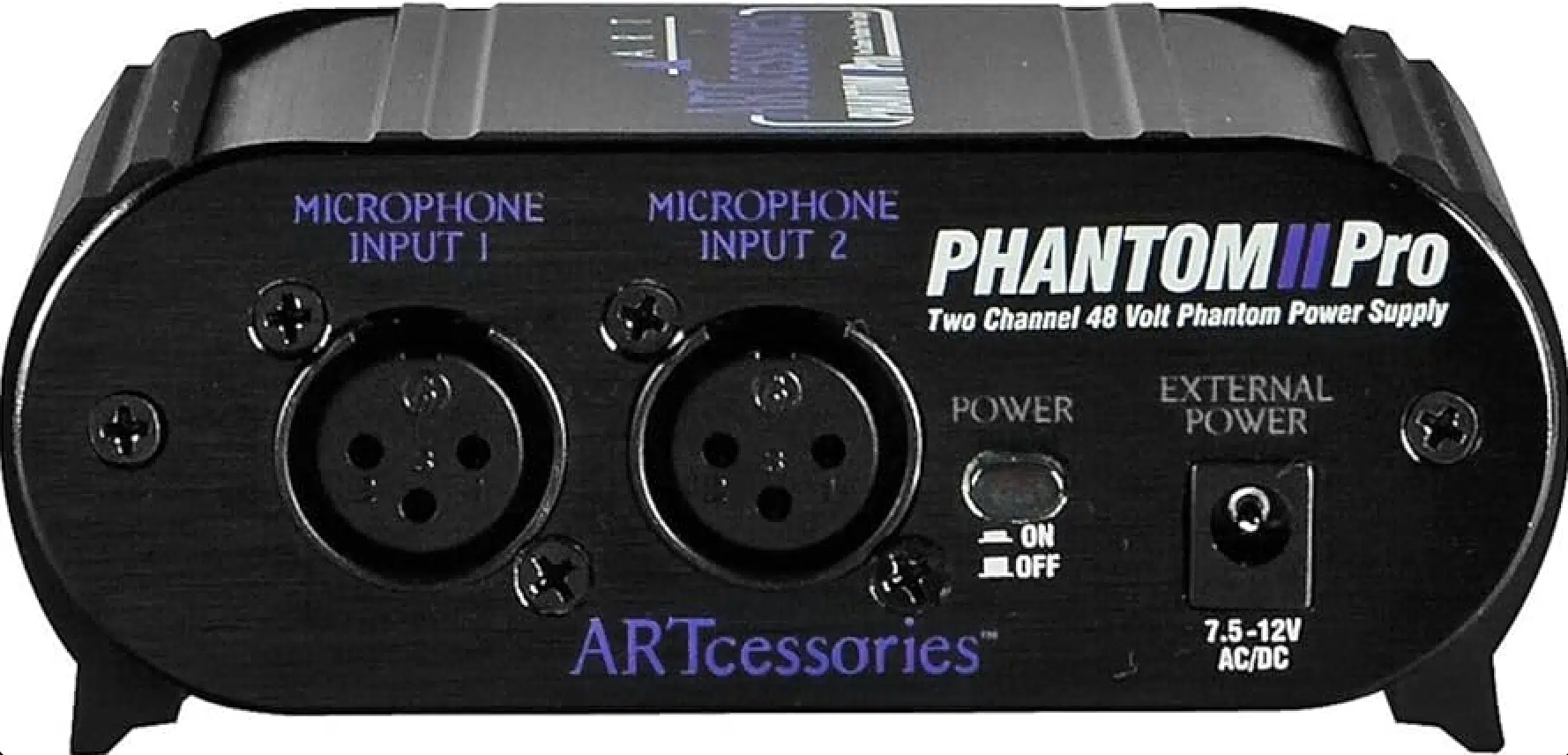
While the vast majority of modern audio interfaces and mixers provide built-in phantom power, there are situations where an external power source may be necessary.
This can be the case with certain high-end tube microphones or when using vintage microphones that require a specific voltage.
External power supplies allow for more precise control over the voltage supplied to the microphone, which can be crucial for maintaining your microphone’s optimal performance.
For example, an external power supply designed for tube microphones can provide the exact voltage needed to heat the tube.
This ensures that your tube microphones deliver the warm, rich sound characteristics that mic known for.
Choosing the Right Audio Interface
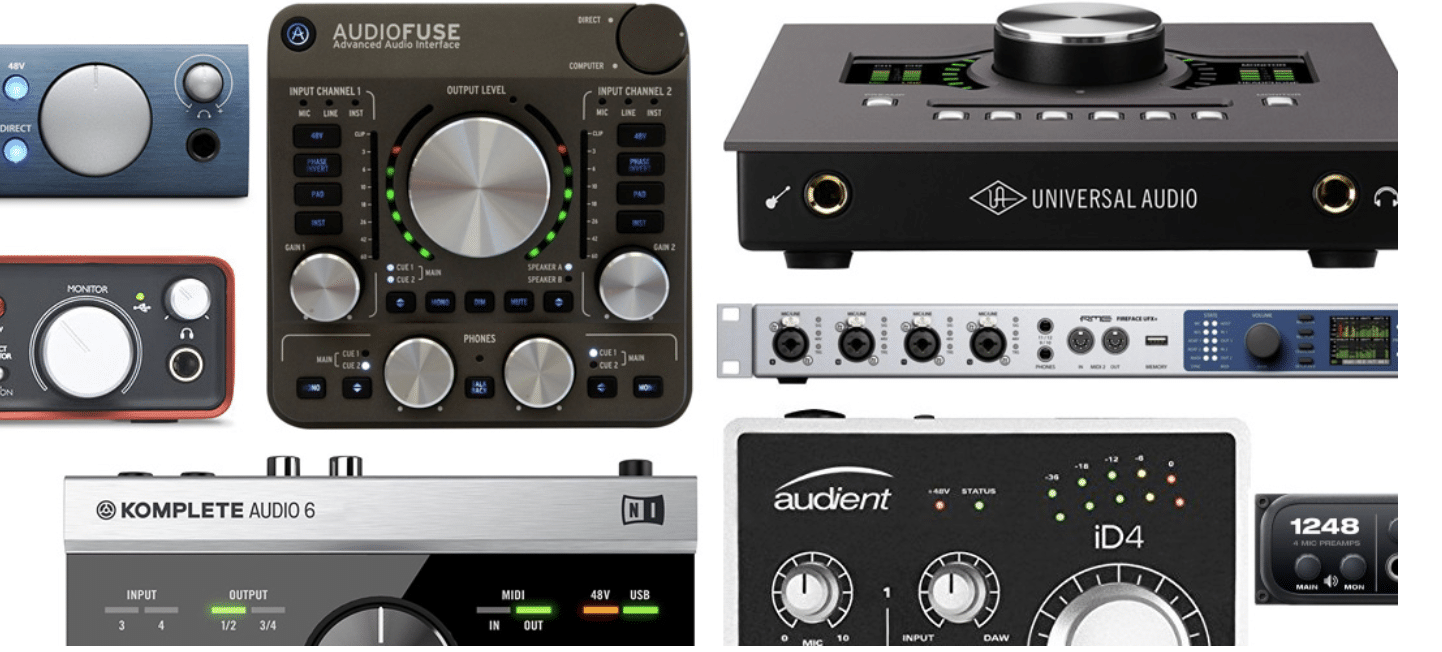
Selecting the right audio interface is key when working with microphones (e.g., dynamic microphone, ribbon microphone, etc.) that need phantom power.
A quality audio interface should provide stable and clean phantom power.
It ensures that condenser microphones and other devices/other microphones (phantom-powered) operate at their best.
When you’re selecting the right audio interface, the things to look for include:
- Individual phantom power switches for each input
- Reliable preamplifiers
- Solid construction to handle the demands of studio and field recording
Some of the cheaper audio interfaces might not include it, so if you need phantom power for powering microphones, look carefully.
For instance, an audio interface with dedicated phantom power controls allows you to selectively apply power to microphones require phantom power (power microphones, if you will).
It prevents potential damage to dynamic or ribbon mics connected to other inputs.
This level of control, combined with high-quality preamps, can significantly enhance the audio quality of your mic/recordings.
What is Phantom Power: Final Thoughts
Phantom power is the perfect tool for unlocking the full potential of your audio equipment.
It will help you elevate the quality of your recordings and make it so that every detail of the sound is captured with pristine clarity.
Plus, as you now know, it’s vital in powering condenser microphones, essential for studio-quality recordings, and enhancing the dynamic range of your audio.
Understanding what is phantom power and how to utilize it effectively can transform your music production process.
It will help you to achieve professional-sounding tracks and get your music the respect it deserves.
To further enhance your tracks and add that missing piece to your music, you’ve got to take advantage of these game-changing Free Vocal Samples.
This pack includes 20 free vocal samples that are the perfect way to make your tracks catchy.
These samples are not just any samples 一 they are proper, polished, and perfectly processed vocal samples created by expert vocalists and producers who understand the importance of phantom power.
The clarity and quality of these samples can significantly benefit from the precise application of phantom power in your recording setup.
Plus, all the files are cleared for personal and commercial use, which gives you the freedom to experiment with them in your music however you please.
Now, equipped with a solid understanding of what is phantom power, you’re ready to create flawlessly clear audio.
So, go use it to bring out the best in your recordings and make your tracks stand out.
With the right knowledge and tools, the possibilities are endless.
Until next time…







Leave a Reply
You must belogged in to post a comment.